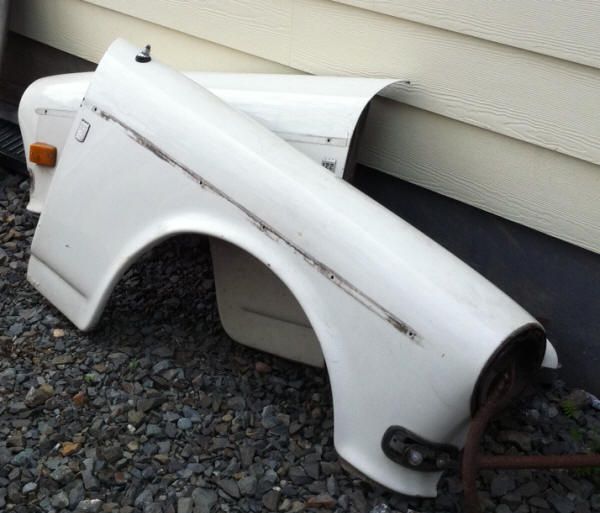Hello All,
I’ve got a bit of a project on my hands. It’s going to take a while to get to the parts that I want to make for my car and I’m in the accumulation of knowledge phase and hope to pull parts from molds sometime this summer. What I need is some advice on material for building fenders, grill aperture, hood and trunk lid for my 1966 Volvo 122S.
Here’s the car
The grill aperture is a separate part that is multiple pieces of sheet metal.
The hood is very simple with a perimeter frame (probably keeping that) and a Volvo thick steel skin.
The trunk is the same as the hood.
Then here are the fenders.

I have a basic idea of how these parts will layup but what I really want to know is with all the variety of carbon fiber, what should I use? I’ve got a vac pump but have never done any infusion before. I’d like to build strong parts that will last.
I’m appealing to the experience of the forum to provide some advice on the weights and weaves that you’d suggest. All parts will be painted - I’m not doing this for the look of the parts.
Craig
